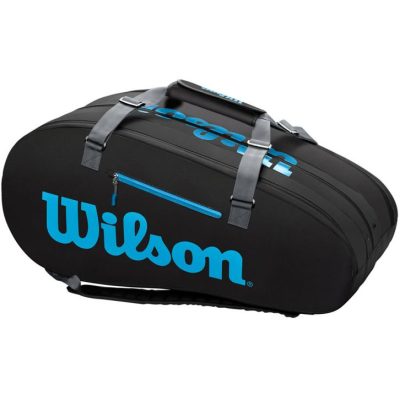1. Neither side is allowed to illegally delay the serve when serving.
2. Both the server and the receiver must stand in the diagonally diagonal serving area to serve and receive, and their feet must not touch the boundary of the serving area; both feet must be partially in contact with the ground and must not move until the ball is released.
3. The server’s racket must hit the ball holder first, and at the same time the entire ball must be below the server’s waist.
4. At the moment of hitting the ball, the rod of the racket should point downward, so that the entire racket head is significantly lower than the server’s entire gripping hand.
5. After the start of the service, the server’s racket must be continuously swung forward until the ball is released.
6. The sent ball must fly upwards over the net, and if it is not intercepted, it should fall into the receiver’s serving area.
7. Once the two players are in position, the server’s racket head swings forward for the first time to start the serve.
8. The server shall not serve until the receiver is ready, and is considered ready if the receiver has attempted to receive.
9. Once the service starts, the service is over when the ball is touched or touched by the server’s racket.
10. The winning side of the first game will serve first in the next game.


























